While most people associate hibernation with the winter months, a fascinating phenomenon occurs in the animal kingdom: some species actually hibernate during the summer. This behavior is primarily an adaptation to extreme environmental conditions, such as high temperatures and scarce food resources. In this article, we will delve into the animals that hibernate in the summer, exploring their unique adaptations and the reasons behind this intriguing behavior.
Summer hibernation, often referred to as estivation, is a state of dormancy that some animals enter to survive unfavorable conditions. Unlike winter hibernation, which is characterized by a significant drop in body temperature and metabolic rate, estivation typically involves a slowing down of metabolic processes to conserve energy without the dramatic physiological changes seen in winter hibernators.
The African giant land snail is known for its ability to estivate during hot, dry periods. As the temperature rises and moisture decreases, these snails retreat into their shells and seal the opening with a layer of mucus.
Adaptation: This mucus seal helps retain moisture and protects the snail from dehydration.
Duration: Estivation can last for several weeks to months, depending on environmental conditions.
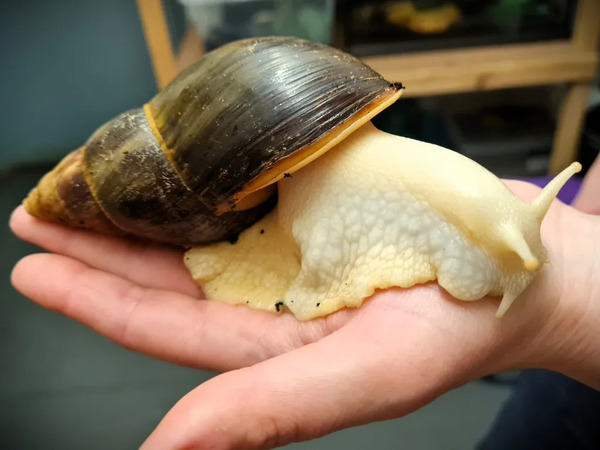
Spadefoot toads are remarkable amphibians that can estivate in response to drought. When water sources dry up, they burrow into the ground and enter a state of dormancy.
Adaptation: Their skin produces a waxy layer that reduces water loss, allowing them to survive in arid conditions.
Duration: Estivation can last for years until rains return, prompting them to emerge.
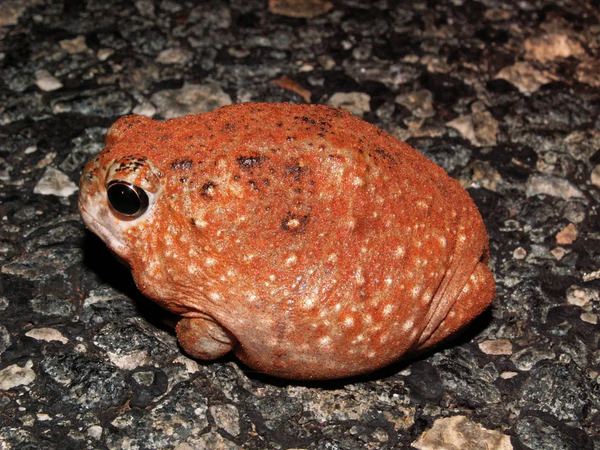
The gopher tortoise is a North American species that undergoes estivation during the hottest months. As temperatures rise, these tortoises seek refuge in their burrows.
Adaptation: Burrowing provides protection from the heat and helps maintain a cooler environment.
Duration: Estivation lasts for several weeks, typically during the summer months when food becomes scarce.
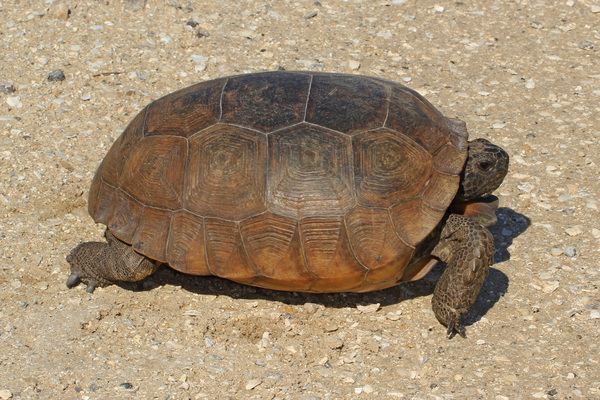
Some desert rodents, such as the kangaroo rat, also exhibit estivation behaviors. These rodents adapt to extreme heat and limited water availability by entering a dormant state.
Adaptation: They become less active during the hottest parts of the day, conserving energy and minimizing water loss.
Duration: Estivation periods can vary, often aligning with the driest times of the year.
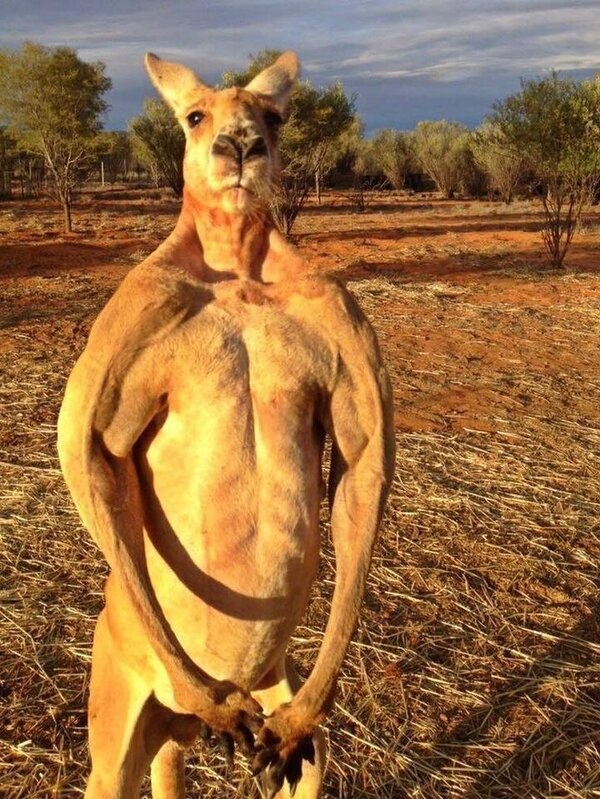
Lungfish, found in Africa, can survive dry seasons by burrowing into mud and entering a state of estivation. They create a mucus cocoon that protects them from desiccation.
Adaptation: The mucus cocoon helps retain moisture and allows lungfish to breathe air, as they possess lungs in addition to gills.
Duration: They can remain in this state for several months until water returns.
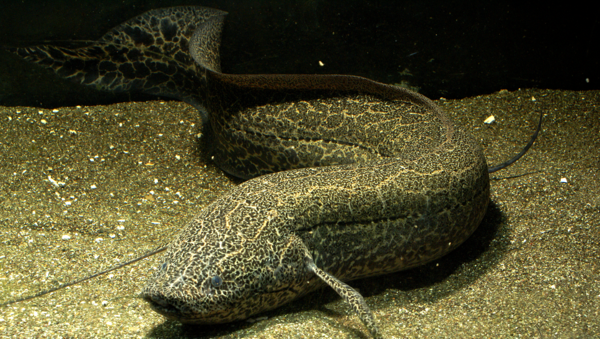
Summer hibernation helps animals escape the extreme heat that can lead to dehydration and heat stress. By entering a dormant state, these animals reduce their metabolic rate and minimize their need for food and water.
Many animals face a shortage of food during the hot summer months. Estivation allows them to conserve energy until conditions improve, such as when seasonal rains bring new plant growth.
Estivation serves as a survival strategy for various species, enabling them to withstand harsh environmental conditions and emerge when the climate becomes more favorable.
Summer hibernation, or estivation, is a fascinating adaptation that allows certain animals to survive extreme heat and food scarcity. From the African giant land snail to spadefoot toads and lungfish, these species demonstrate remarkable resilience in the face of challenging environmental conditions. Understanding these adaptations not only highlights the incredible diversity of life on Earth but also showcases the various strategies animals employ to thrive in their habitats. As climate change continues to impact ecosystems worldwide, studying these unique behaviors will be crucial for conservation efforts and understanding animal survival in changing environments.
animal tags: Hibernates
We created this article in conjunction with AI technology, then made sure it was fact-checked and edited by a Animals Top editor.